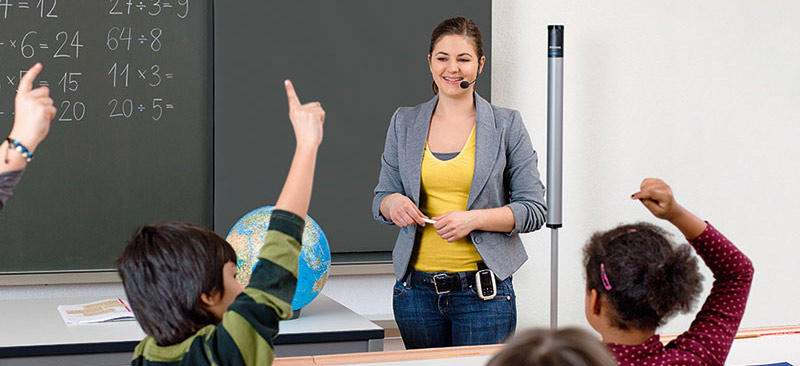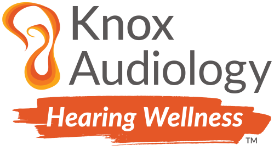
Hearing in Open Plan Classrooms
Using Remote Microphones in the Classroom to Assist Children to Hear in Open Plan Classrooms
Australian classrooms and teaching methods have changed. Traditionally, children learnt in closed classrooms, often with the teacher talking to a quiet class. Now children are increasingly making use of open-place learning spaces with multiple learning stations. Group discussions are encouraged. This creates an inspirational and interactive workplace for children, but also a noisy one. For children with hearing loss or auditory processing issues, the auditory environment caused by open-plan classrooms can spell disaster.
However, there are strategies and devices that can help children function in the modern-day, busier classrooms.
Seating a child with hearing issues near the teacher is obviously always helpful, but not always possible. Teachers can assist children by gaining their attention before beginning to speak, checking for understanding, and using visual and tactile teaching methods to support the verbal message. For example, when teaching spelling rules with young children, the letters can be recited using rhythms and clapping (an auditory method of instruction), written down in different colours (a visual method of instruction) and then traced in a tub of glitter (a tactile or kinaesthetic method of instruction). The teacher can then ask the child to ‘teach a friend’ how to spell the word to check from comprehension. Using multiple methods of instruction not only caters for children with hearing issues, it also help to reinforce the lesson and make the lesson more engaging for the child.
For children who need extra help, a personal listening device can be used. Personal listening devices such as the Roger Focus are ideal for children with mild hearing loss, fluctuating hearing (often caused by ear infections and head colds) and auditory processing disorders. Personal listening devices consist of a transmitter, which is worn by the teacher, and a receiver. The receiver can either be an earpiece worn by the student or a soundfield speaker system that delivers the teacher’s voice equally to all parts of the classroom.
Children with hearing issues suffer most when there is background noise, or a distance of more than 3 metres between them and the speaker. This situation is common in classrooms. Personal listening devices overcome both of these barriers to clear hearing by delivering the teacher’s voice directly to the child.
Personal listening devices are also very discreet, and when they are spotted, they look ‘cool’. Teachers often report that a child who finds it difficult to concentrate in class, or for a child who is described as a ‘daydreamer’, will suddenly act as though they have been ‘turned on’ when they use a personal listening device. The direct, clear sound has the effect to alerting and engaging the child to the classroom’s activity.
Many teachers have also reported lower levels of voice fatigue when using a transmitter in conjunction with a SoundField Speaker system. The benefits of SoundField Speaker Systems are wide-ranging and scientifically documented.
If your child struggles to maintain attention the classroom, or suffers from winter colds and ear infections, a personal listener can be the perfect solution to reconnect them with their auditory environment. Knox Audiology clinicians can discuss the suitability of a personal listening device for your child.
